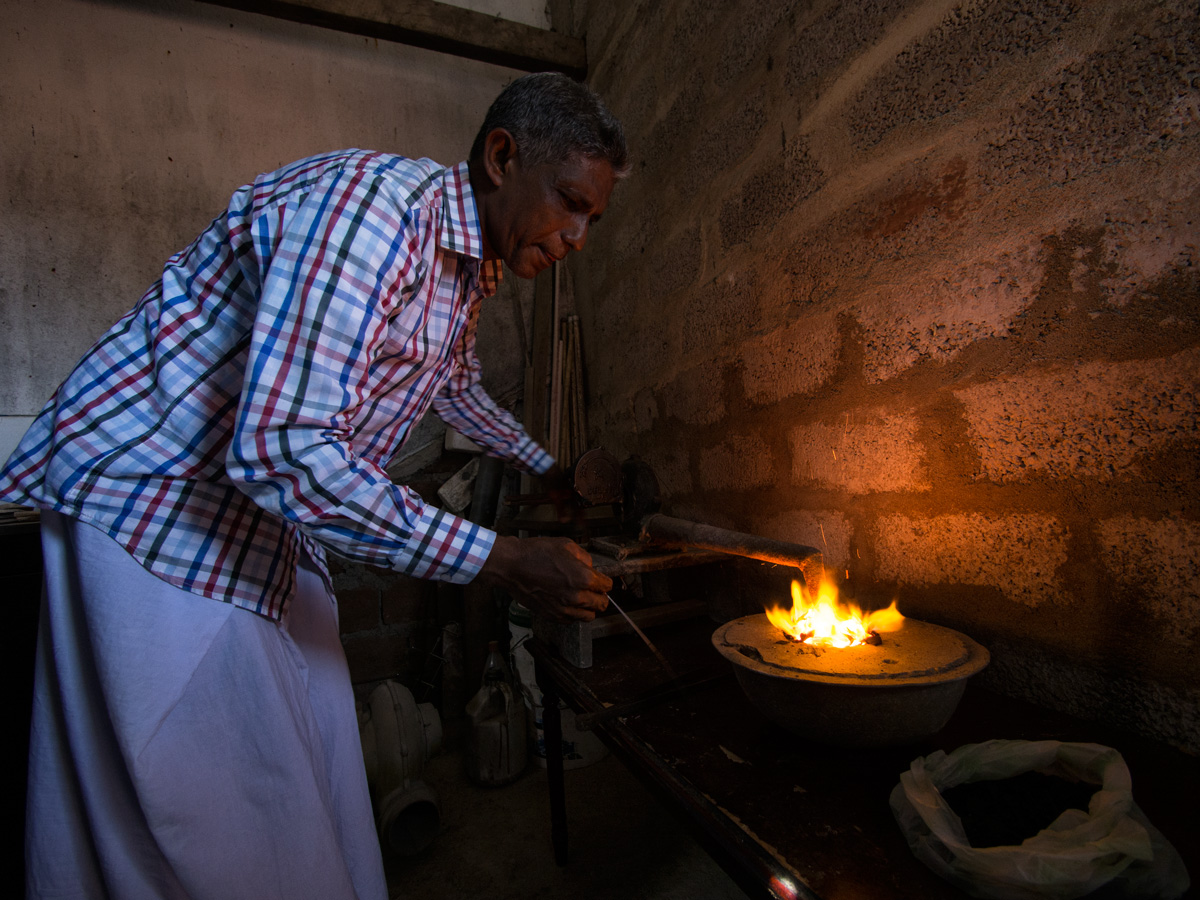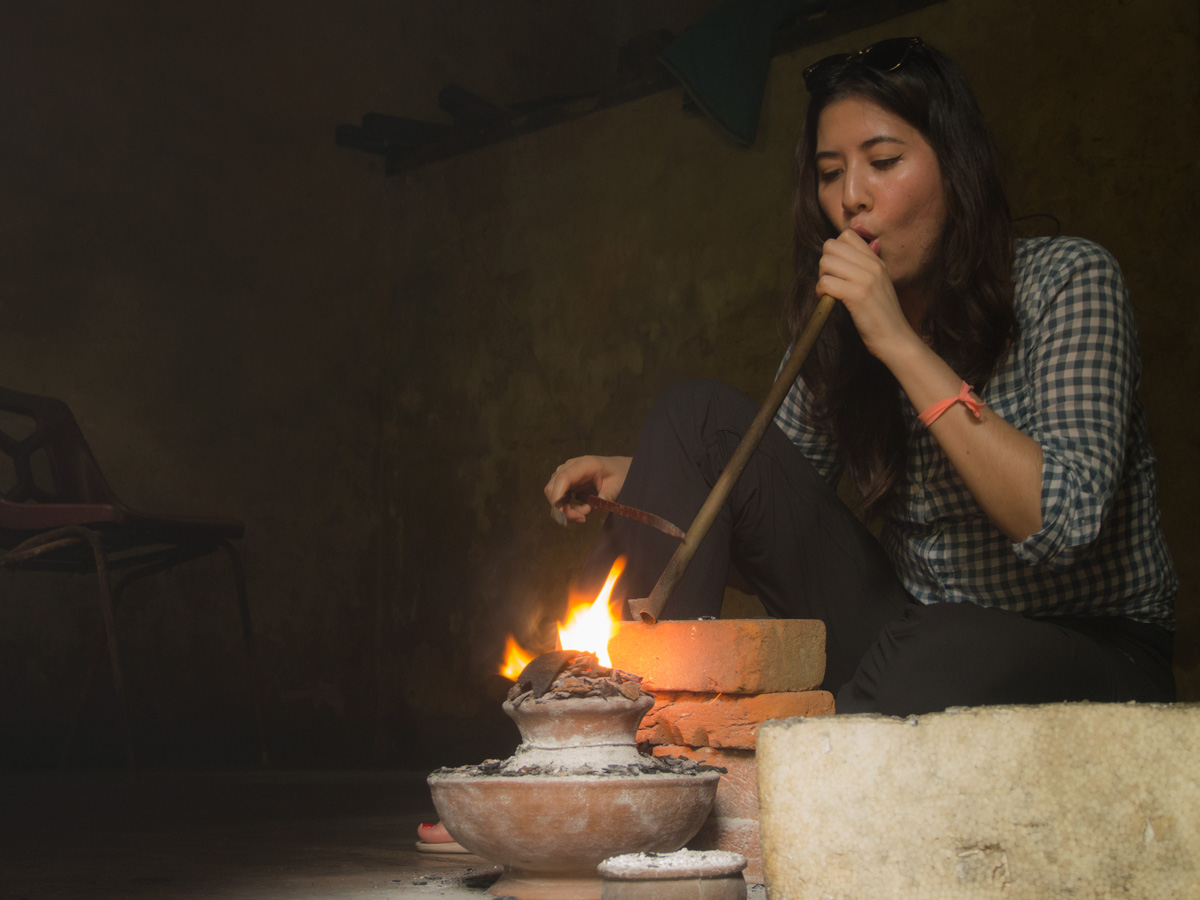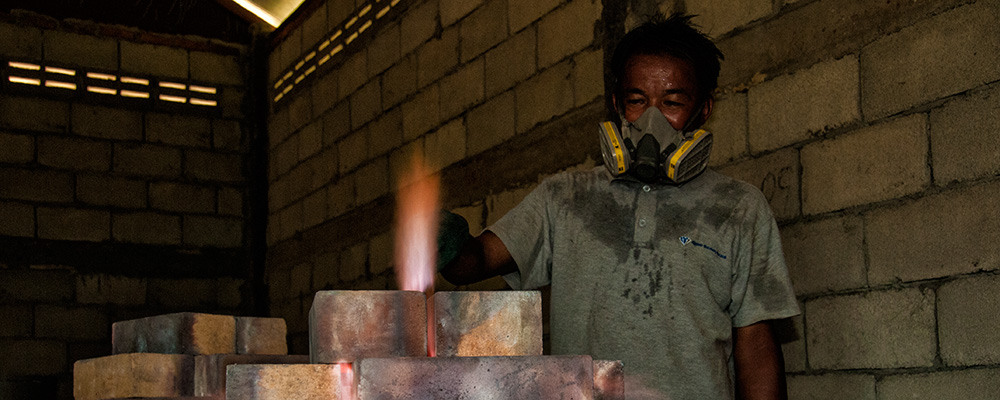The enduring value of precious stones is a result of their beauty, durability and rarity. Due to this rarity, humans have created imitations (such as glass) and fully synthetic counterparts of natural gems. They have also treated natural gems to make them more valuable. Certain gem enhancements have been practiced thousands of years; others result from technological advances of the modern age. Please note:
- Enhancements are a basic part of the finishing process for most gems today. While unenhanced gems are the most sought-after, their tremendous rarity and high prices put them out of reach of all but the wealthiest of buyers.
- The marketplace sets the values of both natural and enhanced gems.
Because gem enhancements impact value, wherever possible, Lotus Gemology provides information on any/all treatments which are detected. Our approach is to give our customers the same information we would want when purchasing a gem.
The following tables explain the enhancement terminology as given on Lotus Gemology reports.
| No Enhancements | Explanation | Market Frequency | General Stability, Care & Handling |
|---|---|---|---|
| No indications of heating/treatment | No treatment whatsoever has been detected in this gem. | Less common | Excellent; no special care required |
| Enhancement | Code | Purpose | Market Frequency | General Stability, Care & Handling |
|---|---|---|---|---|
| Heat | H | Improve color and/or clarity | Common | Excellent; no special care needed |
| Heat + Fissure Healing | H-FH | Improve color/clarity and heal fissures | Common | Excellent; no special care needed |
| Heat + Diffusion of external coloring agents | H-D | Improve color/clarity and/or add asterism | Less common | Good to fair; recutting may produce loss of color or star |
| Heat + Glass Cavity/Fissure Filling | H-GF* | Improve color/clarity and/or hide surface cavities | Less common | Good to fair; filler may deteriorate with time, causing change in appearance |
| Irradiation | IR | Add yellow color | Rare | Poor; fades with exposure to light |
| Fissure Filling with colorless Oil/resin | FF-O* | Improve clarity and color | Less common | Poor; filler may deteriorate with time, causing change in appearance |
| Fissure Filling with Dyed Filler | FF-DF* | Improve color and/or clarity | Less common | Poor; filler may deteriorate with time, causing change in appearance |
| Coating | C | Improve color | Rare | Poor; coating may scratch or rub off |
| Lead Glass-type Hybrid | LGH | Improve clarity and color | Common | Poor; filler may deteriorate with time, causing change in appearance and durability |
| Assembled Stone | AS | In most cases, fraud | Rare | Poor; glue may deteriorate with time, causing stone to fall apart |
| * Certain enhancements are rated for extent, on a 1–3 scale of Minor → Moderate → Significant. | ||||
 A treater at Beruwala, Sri Lanka, demonstrating the heat treatment of ruby using a simple blower and charcoal. Photo: E. Billie Hughes. Click on the photo for a larger image.
A treater at Beruwala, Sri Lanka, demonstrating the heat treatment of ruby using a simple blower and charcoal. Photo: E. Billie Hughes. Click on the photo for a larger image.
|
In the Lapidary (Kitab al-Ahjar) which is attributed to Aristotle (I believe this ascription to be wrong) it has been stated that at times a red point appears upon the ruby and spreads through the stone. When heated, this red point spreads and adds to the beauty of the stone, if the ruby be dark, its darkness is dispelled through this treatment. Jahiz has narrated the incident of a gem which belonged to a certain person. It fell from his body and an ostrich perambulating nearby happened to swallow it. Only two persons belonging to the Manichean religion saw it gulp the stone. They came under suspicion and were given a thrashing. While one of them was being thrashed, the other pleaded his innocence. When it was finally discovered that both of them were Manicheans, the matter was further investigated. It was told by someone that the ostrich had swallowed the stone, but the Manicheans did not divulge the secret lest it be sacrificed. At last the ostrich was killed and its gizzard laid open. It was found that the stone had become lighter and its colour clearer and more beautiful. The heat of the gizzard had performed the function of fire. This incident gained wide fame. Imam Shafi'i was asked about the (juridical) nature of the incident. The Imam said: What else can I say about the owner of the stone except that if he is wise, he should kill the ostrich and take out the stone, and pay the owner of the ostrich a price that is equivalent to the state between its life and death. Abu al-Qasim bin Babak said opposite to what the poet, Abu Tammam had said: He is covered with strings of pearls in between threaded rubies and pearls. Al-Kindi writes: I bought some stones which had been brought from India. They had not been cleaned by fire. When I heated them a very pleasing colour came out. There was a dark stone among them reflecting a little redness in its clear transparency. The other stone was slightly coloured. I melted them in a crucible for a period sufficient to melt 50 mithqals [212 grams] of gold [gold melts at 1064°C]. When both stones cooled, the one having a little colour gained transparency and became nearly pinkish. The other that was darkish assumed the form of the Serandibi crystal. It was found by me to be smoother than ruby. The practice is, therefore, to roast the reddish kind so that the mixed colours are made to disappear. Al-Kindi further observes: It should be comprehended that once a stone has lost its redness, then it is not a ruby. But then not all stones that retain the red colour (on heating) are rubies, since iron is not a ruby, yet it retains its red coloration when roasted. And further: A ruby stone having been roasted is re-examined, and, in case it does not gain clarity, it is re-heated. 'Iraqi traders possessing the dark kind, desire that it should fetch a higher price. They heat it in a crucible of the Sogdian bole and the roasting process results in its becoming lighter. All the orifices between the two crucibles are thoroughly plugged and the stones are heated in the crucibles which are specifically designed for heating gems. This process or heating is continued for a period sufficient to melt a mithqal of gold [approx. 1100°C]. A poultice is applied to the stones for cooling them. The stone finally crystallises as a clear and transparent gem, and fetches a higher price. This practice is applied when the stone is rendered free from all kinds of concavities and orifices. A poultice of the bole from the mine from where the stone is obtained is then applied. This bole is admixed with ground clay kneaded with clarified butter and dried. It is then heated on firewood, the jewellers being fully aware of the length of time for the heating process. In the event, heating is carried on for an hour at the minimum and twenty four hours at the maximum followed by cooling. The stone is roasted again in case it does not clarify. As for the mine from where the ruby is brought it is said that it is situated in the recesses of the island of Serandib (Ceylon) at a place known as Naghz. It is mined from the mountains of that island as well. – From al Beruni's The Book Most Comprehensive in Knowledge on Precious Stones
|
 Lotus Gemology's E. Billie Hughes practicing the ancient art of blowpipe heat treatment in Ratnapura, Sri Lanka. As described by al Beruni, the temperatures reached by this technique exceeds that of the melting point of gold (1064°C). Photo: Wimon Manorotkul. Click on the photo for a larger image.
Lotus Gemology's E. Billie Hughes practicing the ancient art of blowpipe heat treatment in Ratnapura, Sri Lanka. As described by al Beruni, the temperatures reached by this technique exceeds that of the melting point of gold (1064°C). Photo: Wimon Manorotkul. Click on the photo for a larger image.


